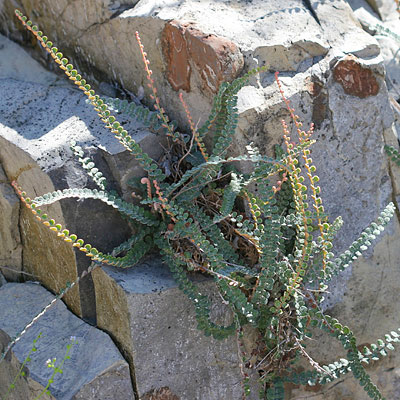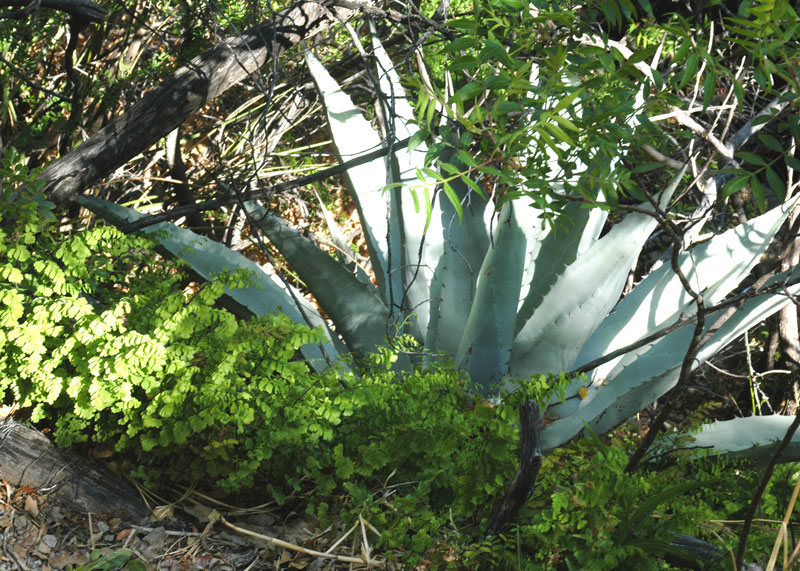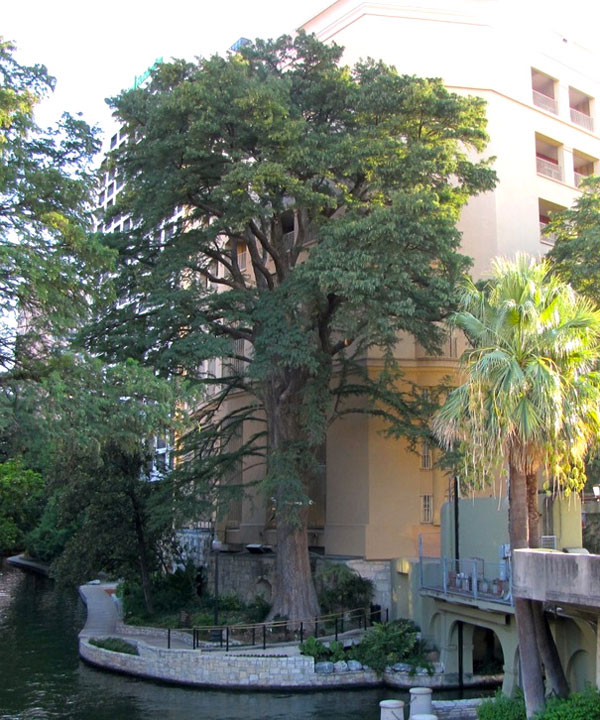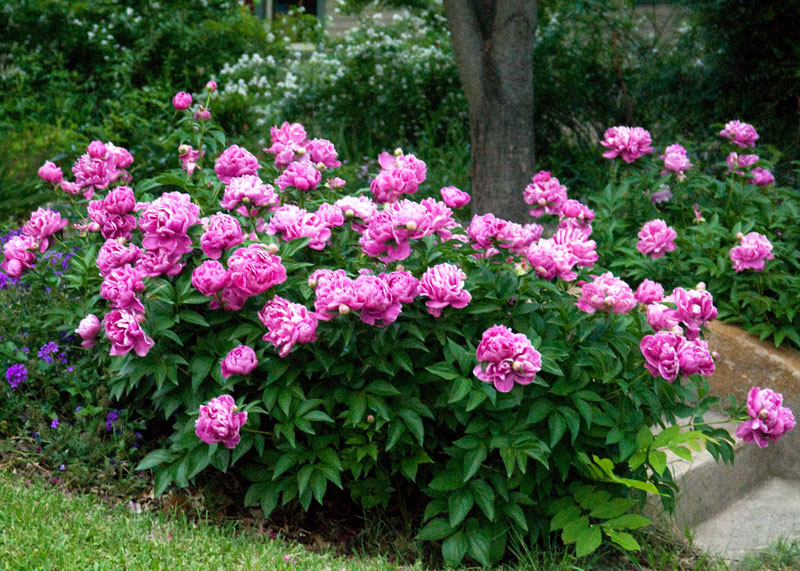Micro-environments and your plants
I grew up with botanists all around me. Dad and Uncle John got their PhDs at the University of Nebraska in botany. Dad did research in Colorado, then founded the Biology Department at Sul Ross State Teachers College in Alpine in the Big Bend Country of Southwest Texas. That was during the Depression. From there he wrote Plants of the Big Bend.
When I was 2, we moved to College Station where he co-founded the Range and Forestry Department. Range Ecology was his specialty, working with the sheep and goat raisers all across Texas.
I got to spend a lot of summers riding shotgun with him across thousands of miles of our state. My interest was in plants that might be landscaping candidates. His interest was in plants that were toxic to landscape.
He was in his 40s when I was adopted. He took great effort to explain things to me as my interest in horticulture was growing, particularly when I asked why particular plants weren’t growing in College Station. “Too wet.” “Too dry.” “Too hot.” “Too cold.” “Wrong kind of soil.”
It always amazed me why the East Texas pines that I loved teased Brazos County by growing only so far west and then stopping a county or two away. “Wrong kind of soils and too much evaporation,” he would say. “How come the Lost Pines of Bastrop were so pretty?” I’d ask in return. “They have the perfect soils to make up for the lower humidity.” He always had an answer that made sense.
But nowhere was that as puzzling as the summers we spent on the Shawcross Ranch between Uvalde and Camp Wood. He was working on a herbicide to control coyotillo, a brushy plant (actually, a bit on the pretty side) that was toxic to livestock. While we were there, I noticed that on the south sides of those Hill Country hills I saw big clumps of native lantanas. Where their roots caught patches of wet soil the plants flourished and bloomed – full sun all day.

Meanwhile, on the north sides of the same hills I found very few lantanas. Instead, I found several species of ferns tucked into the rocky outcroppings. Some even grew out into the sun. One in particular, Jimmyfern, was my favorite of all. It grew on the north sides where it had protection from the afternoon sun, but I never saw it on the south sides of those hills.

Jump ahead 35 years and I was hiking out in Big Bend. I’d heard of a waterfall where cattails and columbines grew beneath large trees. I wanted to see it, so away I went. As I approached and closed in on the shade I took one of my favorite photos of my life – a maidenhair fern growing where they average 5 in. of rain annually. It was growing there only because it had the shade of a large agave whose broad leaves spread like protective umbrellas. The ultimate microclimate for that little fern.
Think about microclimates you have in your landscape/your town…
• Plants that require a protected alcove because you’re growing them north of their normal area of adaptation.
• Plants that require shade because of our intense summer sun, while they grow in full sun in their native homes.

• Plants that grow along streambanks – like the magnificent bald cypress trees that line rivers in Southwest Texas, also across the Gulf South. The largest one in Texas is just outside Leakey in Real County. It’s 475 inches in circumference (its belt size) – nearly 40 ft.

• Peonies grow about as far south as I-20, but they really thrive only about as far south as the Red River.
I had a gentleman who wrote me once to ask why his water oak (acid-loving plant) was yellowing and in distress on the west side of his house. Several years earlier he had had it transplanted from the back of his 100 acres where it had come up. It was thriving back there. What I found out was that his back property was in the red East Texas sandy loam soil (acidic), while the front yard was in the Blackland Prairie alkaline clay with insoluble iron in the soil. He moved that tree less than ¼-mile and it made all that difference. It no longer was native. It needed that micro-climate the back acreage provided.
It was my dad who taught me early on, “Always buy a plant that’s adapted. That’s a lot more important than whether it’s native or not.” I’ve been trying to carry that message ever since. My dad was a pretty smart guy.
